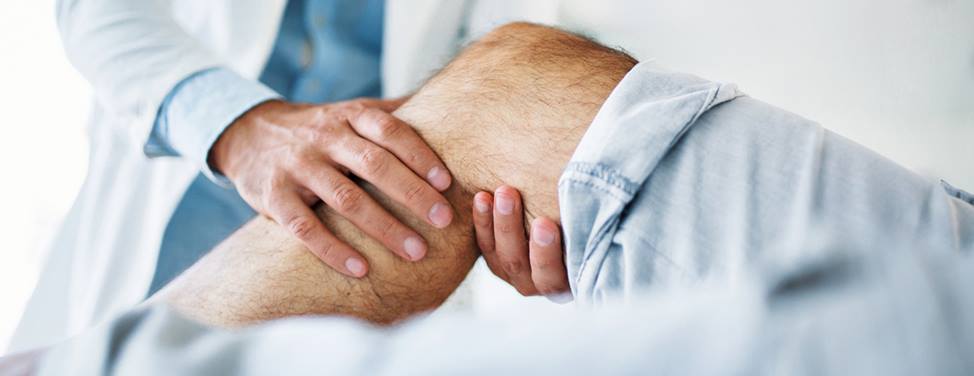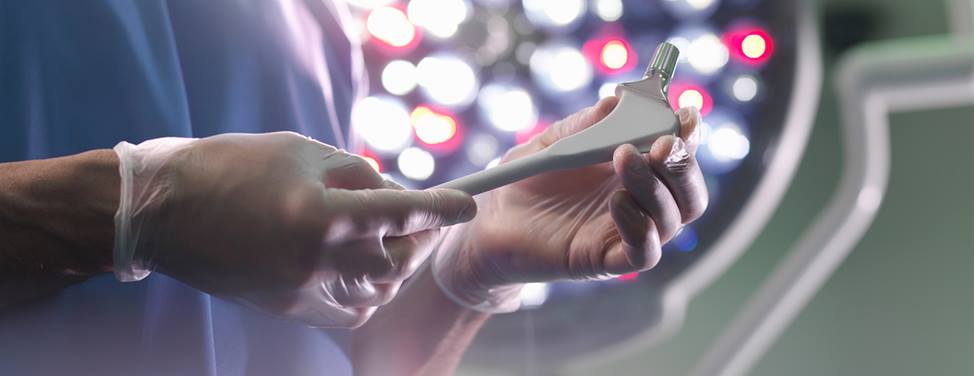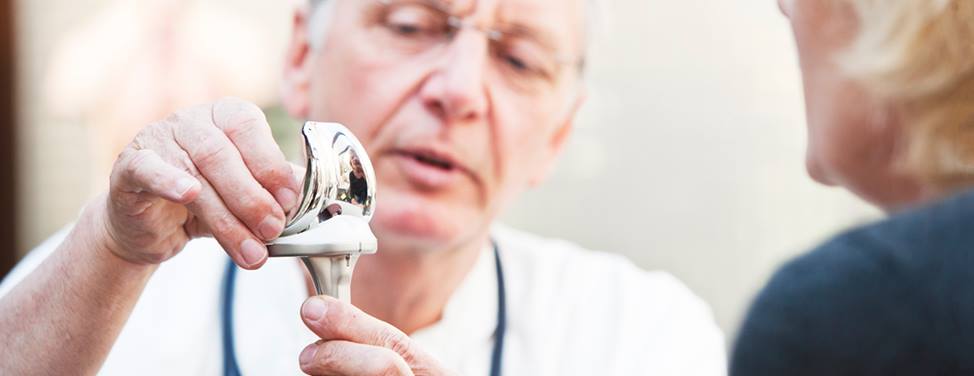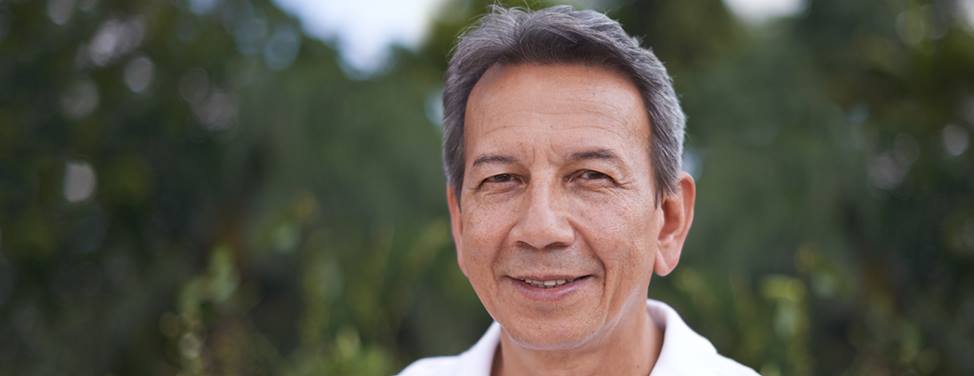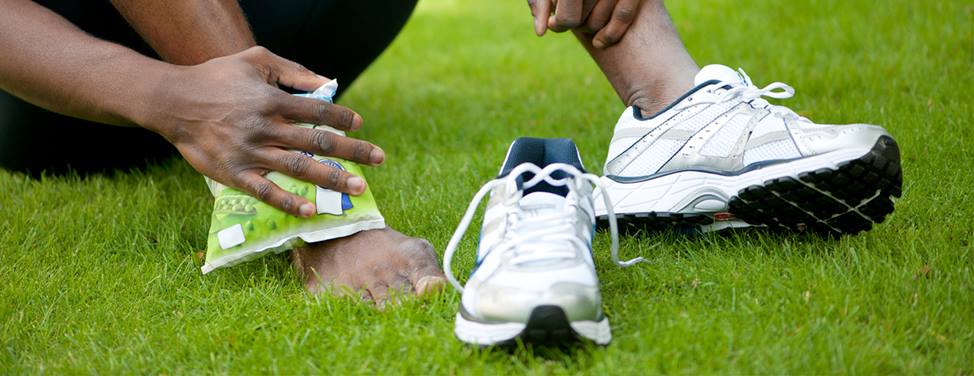
Orthopedic Glossary
Arthroplasty
Total Joint Replacement — A joint replacement involving an internal prosthesis by removing the diseased joint and replacing the acetabular components with either metal or plastic materials and a metal prosthesis of the femoral segment.
Cancer
See Oncology.
Foot and Ankle
Bunion — Overgrowth of bone on the dorsal surface of the metatarsal head or dorsal malposition of the 1st metatarsal.
Flatfoot — Condition in which one or both arches have flattened out.
Hammer Toe — Variety of deformities on the second to fifth toes.
Malunion — State of healing of the bone in which bone unites but in abnormal position and/or alignment.
Nonunion — State of healing of the bone in which there is no healing.
Tendonitis — Inflammation of a tendon.
Hand
Carpal tunnel syndrome — Loss of sensation and sometimes motor control if median nerve is cut off at the wrist because of compression of the nerve at the carpal ligament.
Dupuytren's contracture — A thickening and contracture of the palmar fascia of the hand resulting in flexion deformities of the finger.
Peripheral nerve dsorders — Problems involving numbness, tingling and weakness in the upper extremity.
Trigger finger — Catching or locking of a finger.
Reflexive sympathetic dystrophy — A diseased state of an extremity that is characterized by very severe pain, swelling, stiffness, and discoloration. It usually occurs after a trauma or disease of an extremity is generated by an abnormal sympathetic reflex, and is characteristically treated by the abolition of this increased sympathetic nerve stimulation. RSD is generally considered to be synonymous with vasomotor and trophic disorders.
Oncology
Bone cysts — A sac containing liquid or semisolid material on a bone.
Bone metastases — The spread of malignant cancer cells to bone.
Ewing's sarcoma — Malignant tumor of bone seen in children, composed of small round cells.
Paget's Disease — Disease of excess bone removal and replacement with deformity.
Pediatrics
Brachial plexus palsy — Excessive lateral flexion of the head on the trunk during delivery of the shoulders or delivery of the head in a traction injury to one or more components of the brachial plexus.
Cerebral palsy — A general term applied to central nervous system disorders found at birth or infancy and affecting muscle control.
Clubfoot — Turning of the heel inward with increased plantar flexion (the toe-down motion of the foot at the ankle).
Hip Dysplasia — Failure of normal bony modeling of the hip socket.
Leg length inequity — One leg is shorter than the other. This is a common sequel of many congenital and acquired musculoskeletal diseases.
Muscular dystrophy — A group of degenerative disorders of muscle resulting in atrophy and weakness.
Spina bifida — Congenital absence of a large portion of the posterior spine, usually in the lumbosacral region.
Scoliosis — Side-to-side curve in the back, a lateral and rotational deviation of the spine from the normally straight vertical line of the spine. Such a curve may be termed fixed, which means that any attempt to eliminate the curve by body motion is not successful.
Spine
Ankylosing spondylitis — A rheumatoid arthritis-type disease causing spontaneous fusion of the spine.
Cervical spine degeneration — The deterioration of quality of the seven segments of spinal tissue between the base of the skull and the thoracic spine.
Degenerative disc disease — Gradual or rapid deterioration of the chemical composition and physical properties of the disk space.
Herniated disc — Fibrous extrusion of semifluid nucleus protrudes through a ruptured intervertebral disk; damage results from pressure on the spinal cord or nerve roots.
Kyphosis — Any forward-bending area or deformity in the spine.
Posterior/anterior spinal fusions — A procedure for fusing two or more spinal segments with or without removal of an intervertebral disk.
Spondylolisthesis — Displacement of a vertebral body on the one below.
Scoliosis — Side-to-side curve in the back, a lateral and rotational deviation of the spine from the normally straight vertical line of the spine. Such a curve may be termed fixed, which means that any attempt to eliminate the curve by body motion is not successful.
Sports Medicine
Achilles tendonitis — Inflammation of the heel cord that is the extension from the triceps surae group of muscles.
Tennis elbow — Stress tendonitis on the lateral epicondyle.
Torn anterior cruciate ligament — Tear in one or both of the two deep ligaments within the knee that are crossed.
Torn medial collateral ligament — A tear in the strong fibrous ligament on the medial side of the knee connecting the femur with the tibia.
Torn meniscus — A tear in the crescent-shaped fibrocartilaginous disk between the two joint surfaces.
Torn rotator cuff — Tear in one or more of the tendons that lie deep in the shoulder and bridge the glenohumeral joint.
UCSF Health medical specialists have reviewed this information. It is for educational purposes only and is not intended to replace the advice of your doctor or other health care provider. We encourage you to discuss any questions or concerns you may have with your provider.







